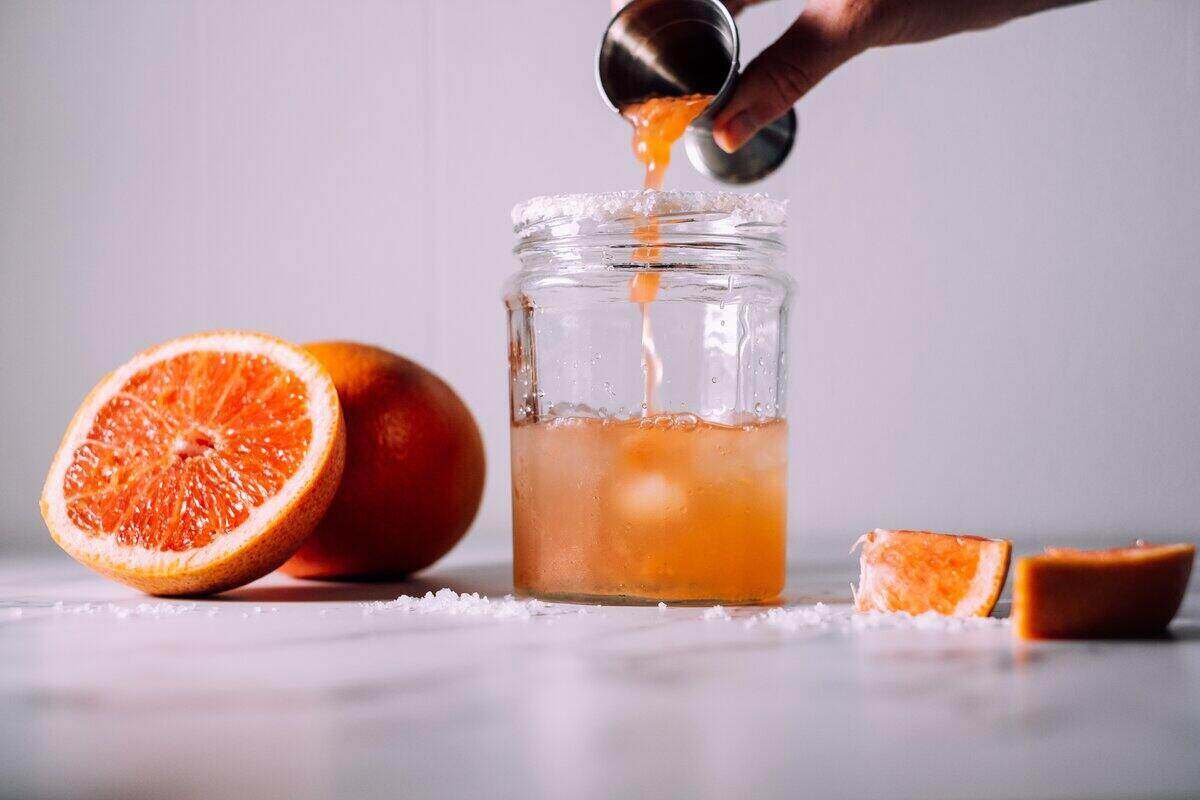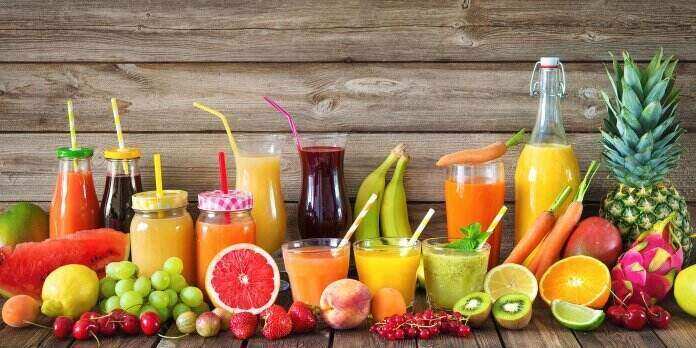Seasonal Recipes for Juices: Delicious and Nutritious Drinks for Every Season
Seasonal recipes for juices are all the rage as the healthy juicing revolution sweeps around the world. Juicing has become an increasingly popular way to consume fruits and vegetables. It’s an easy and convenient way to get your daily dose of vitamins and minerals, and it can be especially refreshing during the hot summer months. … Read more


